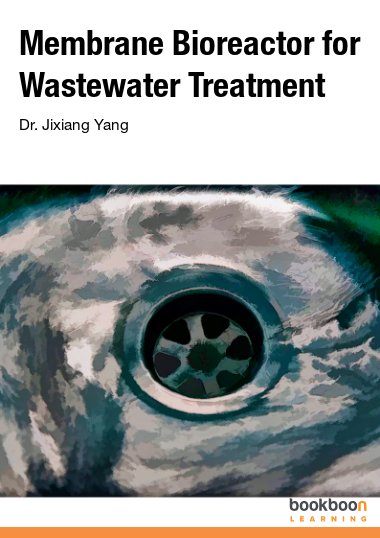There is a trend that stricter and stricter wastewater discharge standards are going to be implemented. Therefore, available techniques for municipal wastewater treatment need to be upgraded in order to meet the requirements of those standards. Meanwhile, new techniques are also under developing. While conventional secondary settlers are replaced by membranes for sludge and waster separation, the combination of reactor and membrane is called membrane bioreactor (MBR). The main benefits of the introduction of MBR are that much smaller footprints are required since secondary settlers are not required; and much better effluent qualities can be achieved due to the application of membranes. The main drawback of the application of MBR is that the cost of construction and operation of MBR is higher than conventional bioreactors. Nevertheless, MBR has been applied from 1990s and now is more and more popular.
This edited book tries to include the most related and practical knowledge about MBR. Detailed discussion about deep scientific knowledge in all fields of MBR is not addressed. The book starts from the introduction of biological wastewater treatment. In addition, the book focuses on knowledge of membrane, performance of MBR and its operation. This book is suitable for person who does not have any background in MBR. After reading this book, readers should be acquainted with MBR.
Please be noted that, up to now, most knowledge is about operation of MBRs for municipal wastewater treatment in which aerobic MBRs are applied. Regarding the application of anaerobic MBR, the operation experience is relatively limited. However, recent development of anaerobic MBR is also included in this book.
Dr Jixiang Yang
The Three Gorges Institute of ecological environment
Chongqing Insitute of Green and Intelligent Technology, Chinese Academy of Sciences
jixiang.yang@cigit.ac.cn

